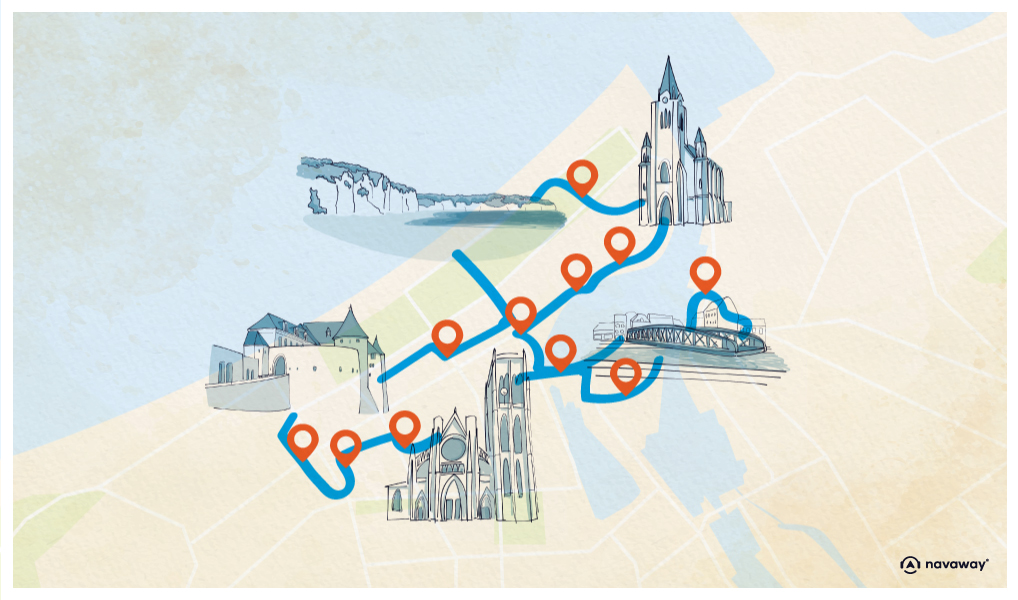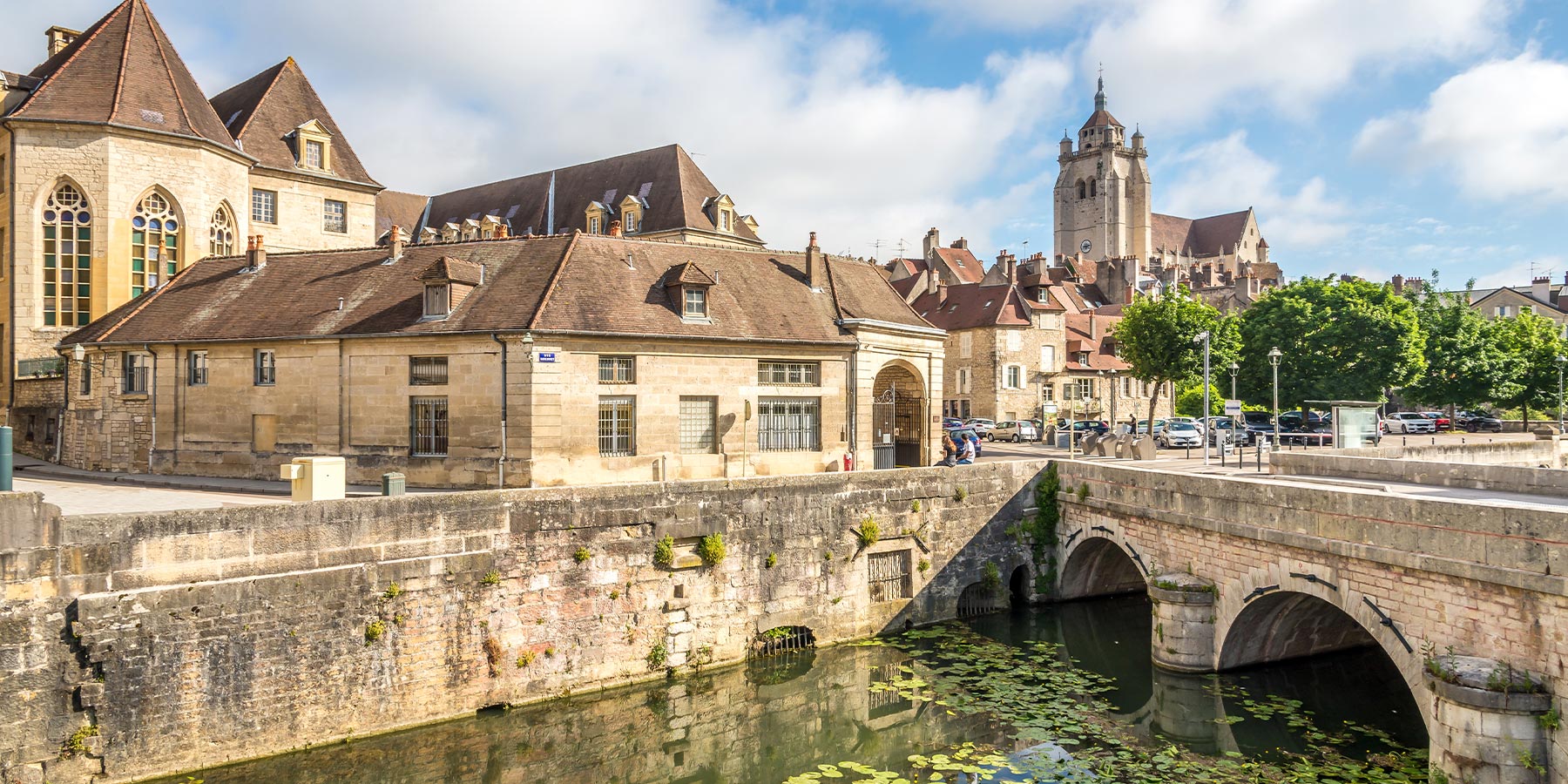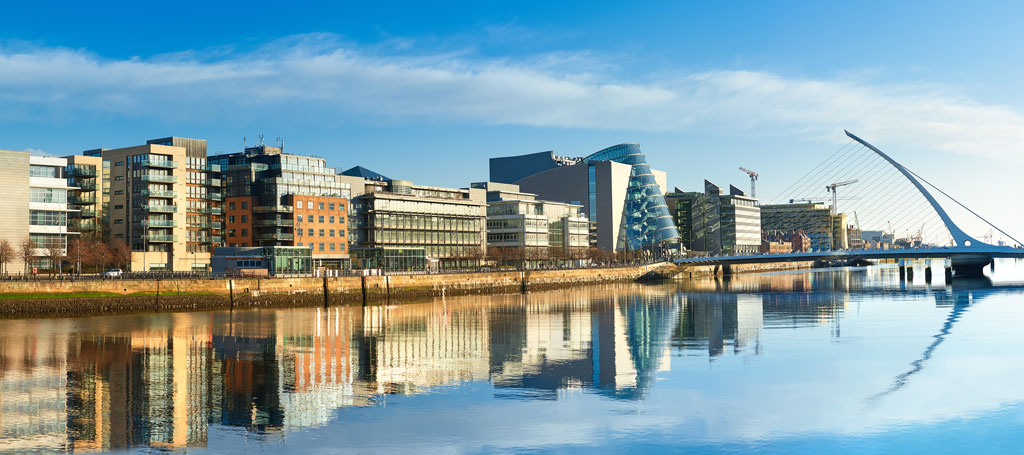
Abraham Duquesne Statue

This point of interest is available as audio on the tour: Visit Dieppe, Against wind and tide
Be it on market days or the ever-present cars parked in the National Square car park, spotting the statue of Abraham Duquesne can be quite an ordeal. However, as soon as you set eyes on it, you are instantly captivated by the man it represents, so proud in his posture and so victorious in his gaze towards the horizon. Who is this famous Abraham Duquesne? Why is the Norman town paying tribute to him? Born in Dieppe in 1608 or 1610 into an old Protestant family of shipowners, Abraham Duquesne was one of the great officers of the French navy in the 17th century. His father who was a captain took him on board at an early age, and he soon began serving King Louis XIII during the religious and political Thirty Years’ War, before being forced to leave the navy in 1644 after losing a ship, among other things. Nevertheless, he managed to join the Royal Swedish Navy with the permission of Cardinal Mazarin, Louis XIII’s main minister, and later his son Louis XIV. Duquesne demonstrated his qualities as a vice-admiral under Queen Christine of Sweden, particularly when he defeated the Danish fleet at the Battle of Fehmarn. As a result, when he returned to France around 1647, the Royal Navy reopened its doors to him and appointed him squadron leader, then lieutenant general of the naval armies. His victory over Spain and Holland at Agosta in 1676 was one of the most remarkable of all his exploits. Thanks to him, Louis XIV nurtured his status as “Louis the Great”. In return, after the revocation of the Edict of Nantes, which banned Protestant worship in the kingdom, the monarch spared the captain from being forced to immigrate or to recant his faith, despite the fact that he belonged to the Protestant religion. Duquesne was nevertheless disbarred from the navy and a potential appointment as Marshal of France was not given to him. When he died in 1688, his wife renounced Protestantism in order to keep the estate, and his children emigrated. This statue, created in 1844 by Dieppois sculptor Antoine Dantan, commemorates this local hero, surrounded by naval attributes such as a megaphone and an anchor.


Discover Dieppe with app
An interactive guide through the most beautiful streets, squares, and districts
22 fun audioguides full of historical facts, anecdotes, and legends





Comments